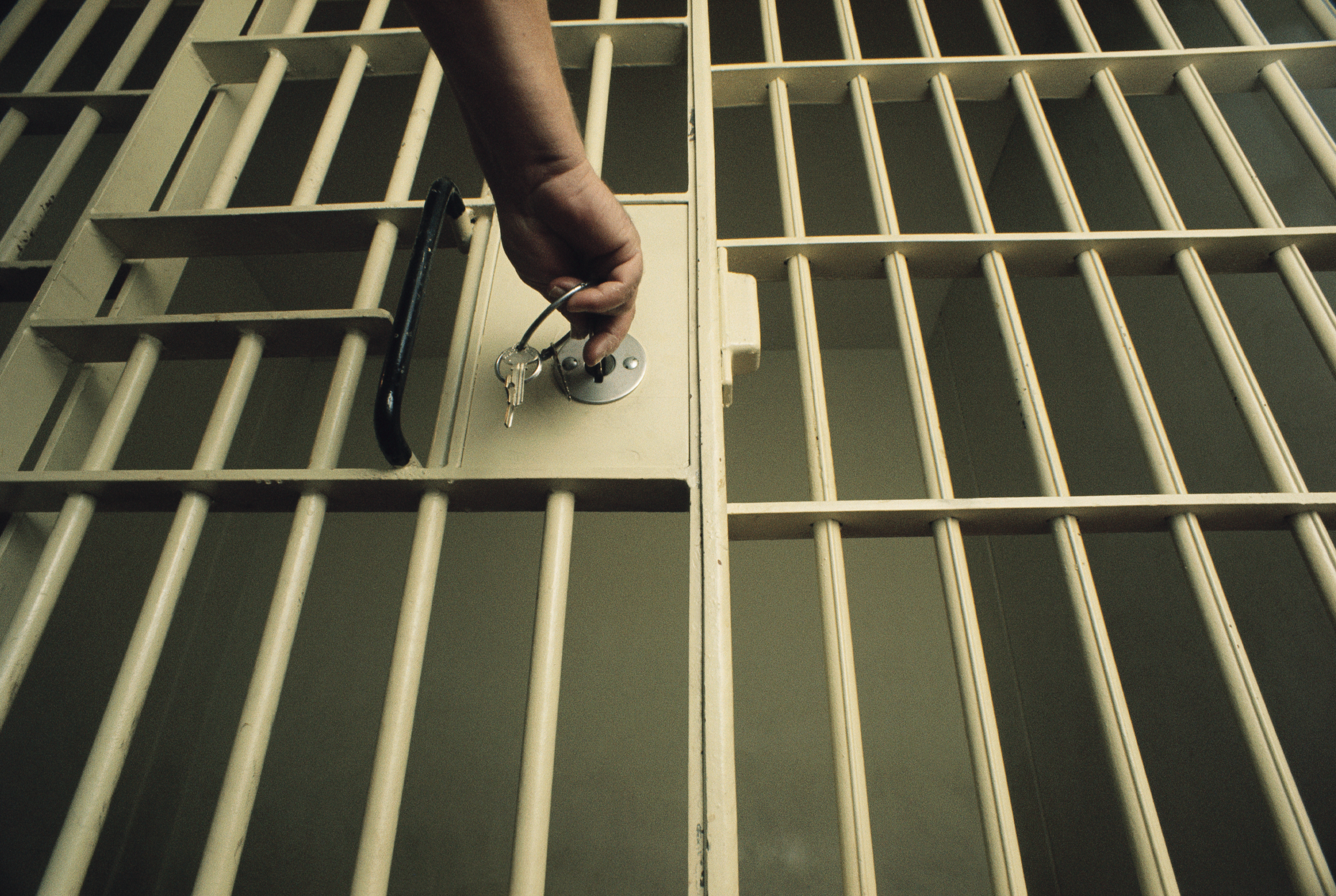Painter and sketch artist LeRoy Neiman, best known for evoking the kinetic energy of the world's biggest sporting and leisure events with bright quick strokes, died Wednesday at age 91.
Neiman was the official painter of five Olympiads and was a contributing artist at Playboy magazine for many years. His longtime publicist, Gail Parenteau, confirmed his death at a Manhattan hospital on Wednesday but didn't disclose the cause.
Neiman was a media-savvy artist who knew how to enthrall audiences with his instant renditions of what he observed. In 1972, he sketched the world chess tournament between Boris Spassky and Bobby Fischer in Reykjavik, Iceland, for a live television audience. He also produced live drawings of the Olympics for TV and was the official computer artist of the Super Bowl for CBS.
Neiman's "reportage of history and the passing scene ... revived an almost lost and time-honored art form," according to a 1972 exhibit catalog of his Olympics sketches at the Indianapolis Museum of Art.
"It's been fun. I've had a lucky life," Neiman said in a June 2008 interview with The Associated Press. "I've zeroed in on what you would call action and excellence. ... Everybody who does anything to try to succeed has to give the best of themselves, and art has made me pull the best out of myself."
Neiman's paintings, many executed in household enamel paints that allowed him his fast-moving strokes, are an explosion in reds, blues, pinks, greens and yellows of pure kinetic energy.
He has been described as an American impressionist, but the St. Paul, Minn., native preferred to think of himself simply as an American artist.
U.S. & World
"I don't know if I'm an impressionist or an expressionist," he told the AP. "You can call me an American first. ... (but) I've been labeled doing neimanism, so that's what it is, I guess."
He worked in many media, producing thousands of etchings, lithographs and silkscreen prints known as serigraphy.
But Neiman's critics said his forays into the commercial world minimized him as a serious artist. At Playboy, for example, he created Femlin, the well-endowed nude that has graced the magazine's Party Jokes page since 1957.
Neiman shrugged off such criticism.
"I can easily ignore my detractors and feel the people who respond favorably," he said.
Neiman was fascinated with large game animals and said he twice traveled to Kenya to paint lions and elephants "in the bush" in his trademark vibrant palette.
But it was the essence of a basketball or football game, swim meet or cycling event that captured his imagination most.
"For an artist, watching a (Joe) Namath throw a football or a Willie Mays hit a baseball is an experience far more overpowering than painting a beautiful woman or leading political figure," Neiman said in 1972.
With his sketchbook and pencil, trademark handlebar mustache and slicked back hair, Neiman was instantly recognizable.
At a New York Jets game at Shea Stadium in 1975, fans yelled, "Put LeRoy in," when the play wasn't going their way.
Neiman's decades-long association with Playboy began in 1953 following a chance meeting with Hugh Hefner. It was the start of what he called "the good life" and inspiration for much of his future work.
He regularly contributed to the magazine's "Man at His Leisure" feature, which took him to such places as the Grand National Steeplechase and Ascot in England, the Cannes Film Festival in France and the Grand Prix auto race in Monaco.
Hefner said "R.I.P." to his "long time friend" in a tweet Wednesday night.
Neiman was a World War II veteran who participated in the invasion of Normandy and fought in the Battle of the Bulge. He was a self-described workaholic who seldom took vacations and had no hobbies. He worked daily in his home studio at the Hotel des Artistes near Central Park, which he shared with his wife.
"What else am I good for?" he said in 2008. "I don't think about anything else."
One of his projects, a 160-foot-long sports mural, hung in the Sports Museum of America in Manhattan.
Neiman also was a portraitist who captured some of the world's most iconic figures, Frank Sinatra and Babe Ruth among them, in a style that conveyed their public image.
"I am less concerned with how people look when they wake," he said. "A person's public presence reflects his own efforts at image development."
One face he recorded over and over again was that of Muhammad Ali. Those paintings and sketches, representing 15 years of the prizefighter's professional life, permanently reside at the LeRoy Neiman Gallery at the Muhammad Ali Center in Louisville, Ky.
Over the years, Neiman endowed a number of institutions, donating $6 million in 1995 for the creation of the LeRoy Neiman Center for Print Studies at Columbia University and $3 million to his alma mater, the Art Institute of Chicago, where he taught for a decade.
He also donated $1 million to create a permanent home for Arts Horizons, a community art center in Harlem.
Neiman earned numerous accolades. He was inducted into the New Jersey Boxing Hall of Fame and the International Boxing Hall of Fame. Other awards included a 2002 Friars Club Tribute and a 2004 Ellis Island Medal of Honor.
His works are in the permanent collections of many private and public museums. The Smithsonian Institution in Washington, D.C., was selected by Neiman to house his archives.
"I just love what I do," Neiman told the AP. "I love the passion you go through while you're creating" and the public's "very thoughtful and careful studied and emotional reaction of what you're doing."
He added: "It's a wonderful feeling."
Neiman is survived by his wife of 55 years, Janet Byrne Neiman.



